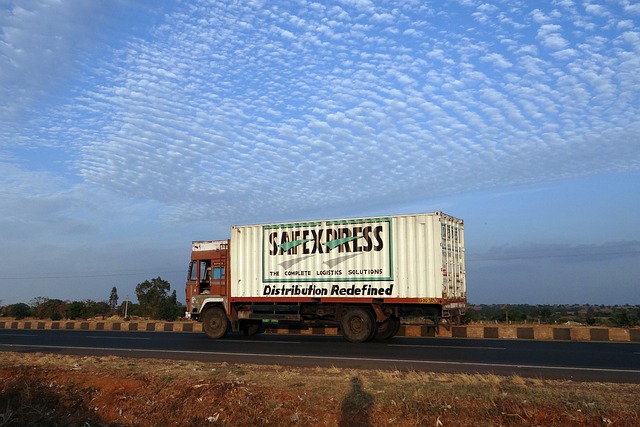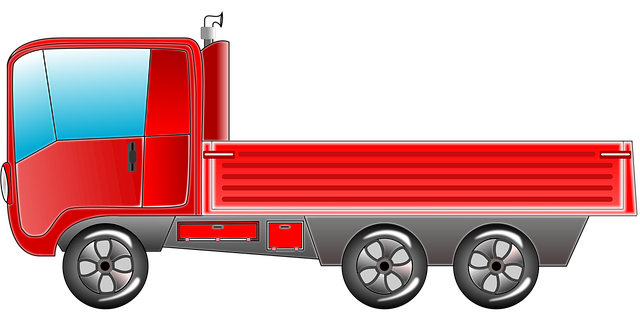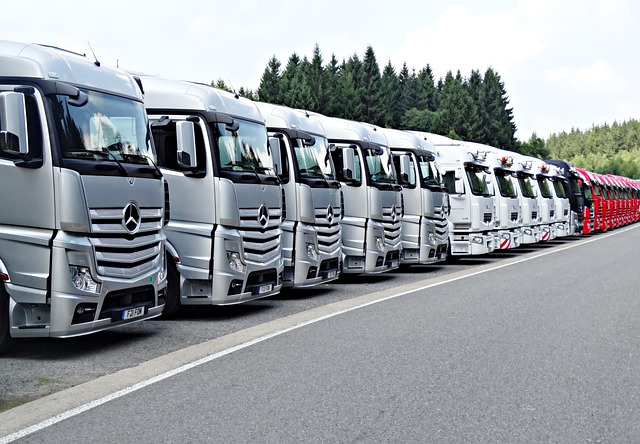Looking to register your car in California? This comprehensive guide walks you through every step, from understanding key requirements to completing the process online or by mail. We highlight the crucial role of a DMV VIN verification, ensuring your vehicle’s identity is confirmed before registration. Gather essential documents, fill out applications, and pay fees with ease. Streamline the process today and hit California’s roads legally!
- Understand California Car Registration Requirements
- Gather Necessary Documents for DMV Visit
- Perform Vehicle Identification Number (VIN) Verification
- Complete Application and Pay Fees at DMV
- Register Your Car Online or by Mail After VIN Check
Understand California Car Registration Requirements

Before registering your car in California, it’s crucial to understand the state’s specific requirements. The California Department of Motor Vehicles (DMV) mandates that all vehicles operating within the state be properly registered and have passed certain safety inspections. One essential step is the DMV vin verification process, which ensures the vehicle’s authenticity by cross-referencing its unique Vehicle Identification Number (VIN). This procedure is typically done through a mobile vin inspection or using a trusted mobile vin verifier to check for any discrepancies or theft reports.
Additionally, your car must meet environmental and safety standards, including emissions tests for older models. It’s also important to have liability insurance to cover potential accidents. By fulfilling these requirements and undergoing the necessary verifications, such as a mobile vin inspection, you’ll be well on your way to completing the car registration process smoothly and ensuring your vehicle complies with California’s regulations.
Gather Necessary Documents for DMV Visit

Before visiting a California DMV office, ensure you have all the required documents for a smooth registration process. The key to a successful visit is being prepared with both traditional and unique verification materials. Firstly, gather your vehicle’s registration certificate from the previous state, if applicable. This document is essential for transferring ownership. Additionally, bring along the title, which proves legal possession of the car. For peace of mind, consider obtaining a mobile vin inspection or using a mobile vin verifier to access your vehicle’s unique identification number (VIN) and its associated history.
Don’t forget to pack your driver’s license, proof of insurance, and a valid, non-expiring ID like a passport or state-issued ID card. These documents are standard for any DMV transaction. If you’re registering a new car, you’ll also need the dealer’s sales document or a bill of sale. Properly organizing and presenting these documents will save you time during your visit, ensuring the registration process is as efficient as possible.
Perform Vehicle Identification Number (VIN) Verification

Before proceeding with the registration process, it’s crucial to perform a Vehicle Identification Number (VIN) verification. This step is essential for ensuring that your car’s details match the information on record and aligning with regulations enforced by the California Department of Motor Vehicles (DMV). The VIN is a unique code that identifies your vehicle’s make, model, year, and other critical specifications.
One convenient method for this verification is through mobile vin inspection services. These services allow you to have a professional conduct a remote or in-person check using advanced technology to cross-reference the VIN with authorized databases. This ensures accuracy and saves time compared to traditional methods, making it an attractive option for those looking to streamline their car registration in California.
Complete Application and Pay Fees at DMV

To complete the registration process in California, you’ll need to submit a fully filled-out Application for Title and Registration (DMV Form 137). This form requires accurate information about your vehicle, including its make, model, year, and unique Vehicle Identification Number (VIN). Once your application is ready, take it along with the required documents and fees to your local California Department of Motor Vehicles (DMV) office.
Among the essential steps when visiting the DMV is the VIN verification process. This involves a thorough inspection of your vehicle’s identification number to ensure its authenticity and match it against the information on record. You can streamline this step by utilizing a mobile vin inspection or mobile vin verifier service, which allows for convenient and often same-day verifications. After successfully completing the application and fee payment, along with the VIN verification, you’ll be one step closer to officially registering your vehicle in California.
Register Your Car Online or by Mail After VIN Check

After completing your California vehicle purchase, the next step is to register your car with the Department of Motor Vehicles (DMV). You can do this either online or by mail, but for a hassle-free process, many opt for the former. If you’re choosing the digital route, start by performing a DMV vin verification, also known as a vehicle identification number (VIN) check, to ensure that all necessary details are accurate and up to date.
This can be done through various online platforms or mobile vin inspection services. A trusted mobile vin verifier can greatly simplify this process, especially if you’re pressed for time. Once your VIN check is complete, gather all required documents, including the title transfer form, proof of insurance, and any applicable fees. Then, easily register your car online, entering the verified VIN details to initiate the registration process.
Registering a car in California involves understanding specific requirements, gathering essential documents, and successfully completing the DMV vin verification process. By following these steps, from preparing necessary paperwork to submitting applications and fees, you can ensure your vehicle is legally registered and road-ready. Remember, accurate information and timely completion are key to a smooth registration experience.
